Top 25 Public Observatories
Celestial bodies have long since fascinated humans. From the development of astrology to Niel Armstrong walking on the moon, there is just something about the far reaches of space that awes and inspires us. Looking up at the night sky can be either breath-taking or lackluster, depending on the weather conditions and light pollution in your area. For example, the night sky in New York City is going to look a lot different than the night sky in Montana. In fact, it basically says so in the nicknames, the City that Never Sleeps vs. Big Sky Country. But regardless of where you are in the nation, you are more likely to see the milky way on a clear night out in the country than you are in the middle of a city. So does that mean that city-dwellers are out of luck when it comes to the amateur exploration of astronomy?
Fortunately, it does not.
Anyone interested in learning more about what exists outside of our atmosphere can and should visit an observatory. An observatory is a dedicated building that houses an astronomical telescope for the express purpose of studying natural phenomena and enhancing our understanding of astronomy and other sciences. They are commonly found in areas with little light pollution, and hundreds of them all across the country are open to the public. So if you are interested in learning more about the heavenly bodies that both can and cannot be seen from earth with the naked eye, then head to an observatory to learn, explore, and discover. Who knows, it may just inspire a new passion or hobby for you.
Below is a list of the top 25 public observatories in the United States, organized by state. There may not be an observatory in your backyard, but a little bit of travel can be more than worth your while. So pick an observatory close to you, wait for nightfall, and enjoy the view!
Kitt Peak National Observatory
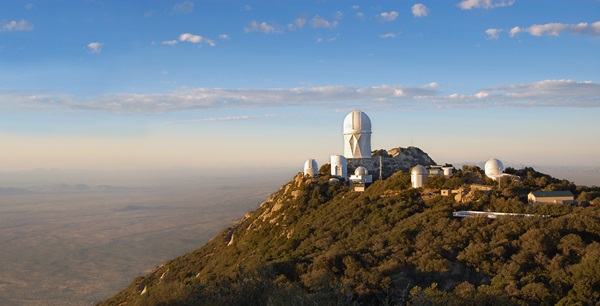
The desert climate in Arizona means that there are a lot of wide open spaces without a lot of light pollution, and the Kitt Peak National Observatory is is located in an ideal spot for stargazing. 56 miles west of Tuscon, the observatory is positioned on Kitt Peak in the Quinlan Mountains in the Arizona-Sonoran Desert. Groundbreaking astronomical research is conducted there, but it is still open to the public and boasts a very impressive Visitor Center.
The mission of the Kitt Peak Observatory Visitor Center is to “inspire a sense of wonder and awe about the Universe through exhibits, daytime tours, and nighttime public programs” (source). If you are looking to learn more about our position in space and the natural phenomenon occurring lightyears away, then you cannot do much better than Kitt’s Peak Observatory. Both daytime and nighttime activities are available.
Griffith Observatory
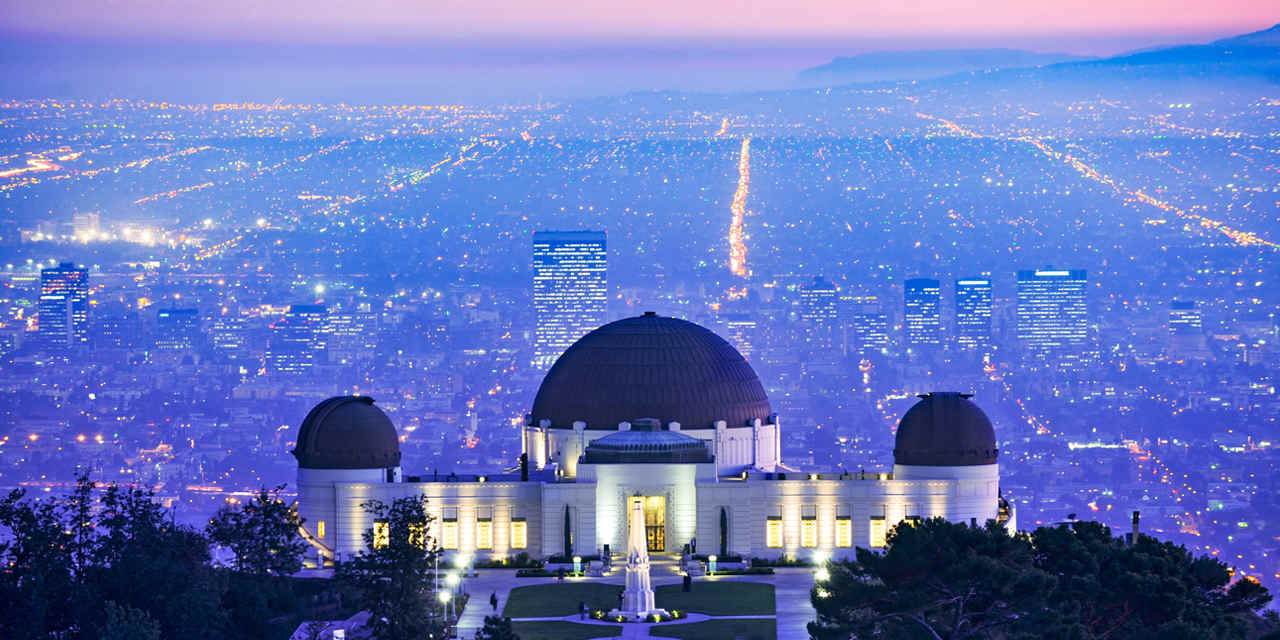
Griffith Observatory actually breaks that “no light pollution” rule with its location in the center of one of our nation’s largest cities, Los Angeles. It is, however, positioned on top of a rather impressive peak on the southern slope of Mount Hollywood, bringing it closer to the heavens than the rest of the city of angels is. The fact that you can view the Los Angeles Basin, Downtown Los Angeles, Hollywood, and the Pacific Ocean from its location has made it an incredibly popular hiking destination for celebrities, tourists, and locals alike.
The observatory was opened in 1935 after Colonel Griffith J. Griffith left funds in his will for its creation. Admission to the building and grounds is always free, and there are several portable telescopes set up on the lawn for viewers. Interested parties can even look through the historic Zeiss telescope. If you are planning a trip to Los Angeles or live anywhere in the area, a stop at Griffith Observatory is an absolute must. You can come by during the day for a challenging hike, and then return at night to check out that glorious southern California sky.
Chabot Space & Science Center
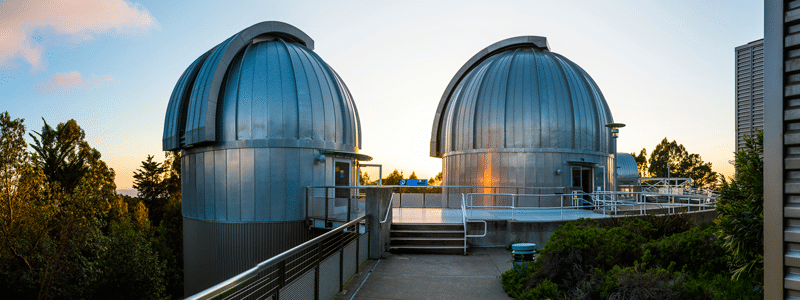
The Chabot Space & Science Center is another observatory that is not as far outside of a city as you might expect. Located in the Oakland hills, it is just a 25 minute drive outside of San Francisco. The observatory features three impressively large historic telescopes that can offer an insight into both the cosmos and the study of them. There is a General Admission option during the day, but every Friday and Saturday night between 7:30 pm and 10:30 pm, stargazers are welcomed free of charge for some incredible night time viewing.
The observatory is located in the Redwoods Regional Park of Oakland, so you are going to experience incredible terrestrial and extraterrestrial views during your visit.
Mount Wilson Observatory
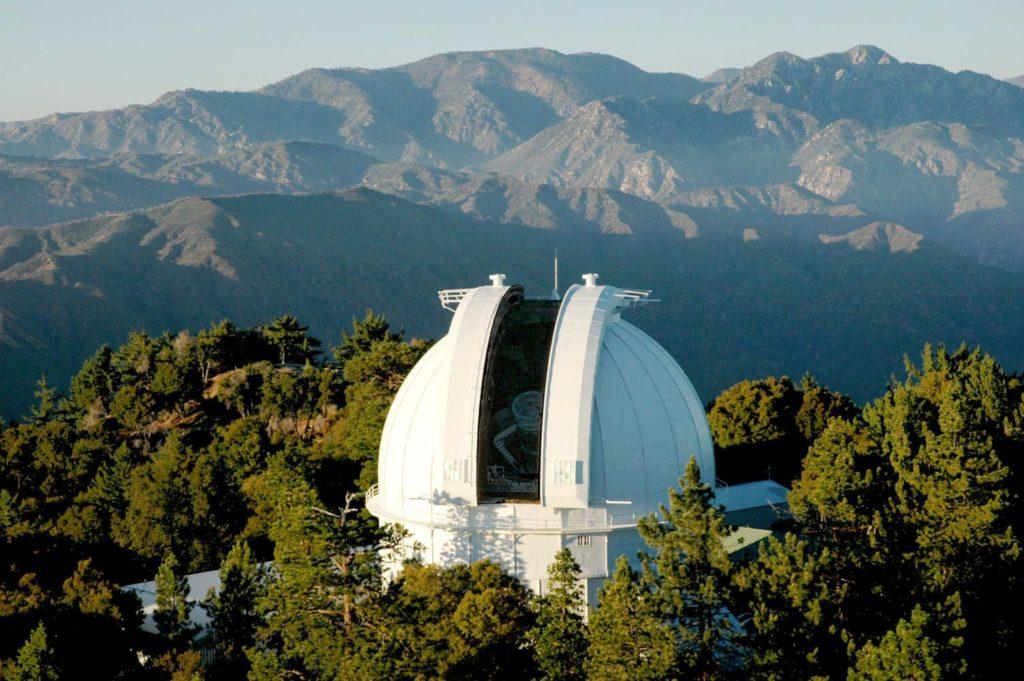
Mount Wilson Observatory is another Los Angeles-based observatory, located on the summit of Mount Wilson outside of Pasadena. Boasting an incredible dome which can be seen from all over the city, the Mount Wilson Observatory houses the Hooker 100-inch telescope which can be viewed free of charge from the Visitors’ Gallery. Two hour tours are also available for people interested in actually standing on the telescope floor directly below the 100-inch beast, bringing you even closer to the science and research.
A visit to Mount Wilson Observatory can be unpredictable. At 5,715 feet, the observatory sits at a fairly high elevation and weather there has been known to change suddenly. It has even been known to snow, which is quite different from the weather found in the city of Pasadena below. Make sure you check the forecast before you visit, and bring a layer or two!
Lick Observatory
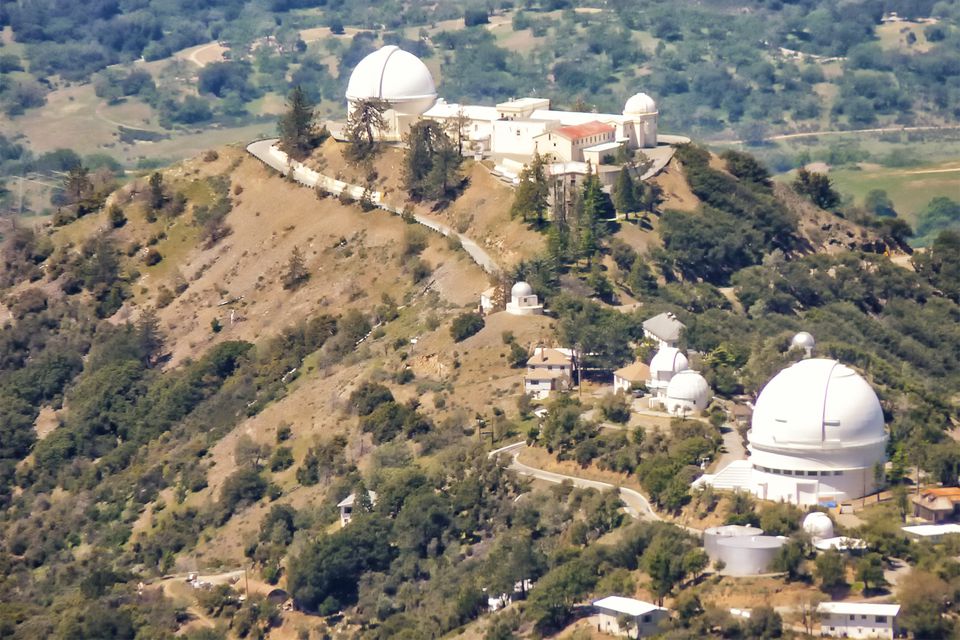
The Lick Observatory sits atop Mount Hamilton just east of San Jose, California, and they offer quite a few fun activities for the public. They host concerts, lectures, telescope viewings, and support amateur astronomers. They have two historic telescopes and offer daily tours. This is a fantastic observatory to visit if you are not totally sure that you have a passion for stargazing. If it turns out that you do not, you can just sit back and enjoy some music in a beautiful location, more than 4,200 feet into the atmosphere.
This is also a great observatory for history buffs. Galileo is known for identifying many of Jupiter’s moons, but the first new Jupiter moon since the age of Galileo was discovered right here at this observatory in 1892.
Gunnison Valley Observatory
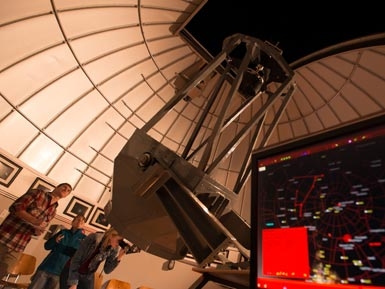
The Gunnison Valley Observatory in Gunnison, CO is a great place for telescope fans to visit, because they let you get really up close and personal. Once night falls, 15 people at a time will be led up a spiral staircase and into the dome of the observatory. The dome itself is computer driven and you will be able to see it rotate above your head in a feat of modern engineering. During the visit, each visitor will be invited gaze into the telescope to view a celestial body like a nebula, a double star, or the moon.
The observatory is a publicly-owned community facility that is completely run by volunteers, and if you are interested they are always looking for more! This place is full of passion, and is a great choice for people looking for a hands-on experience.
Chamberlin Observatory
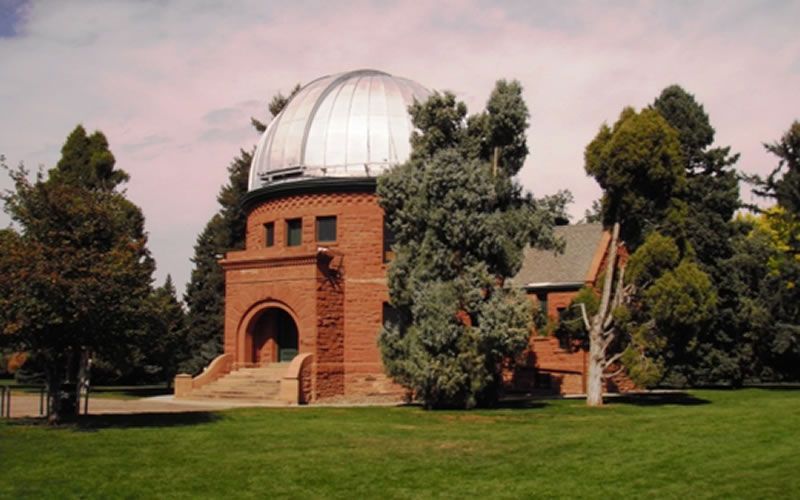
This historic, University of Denver observatory was founded in 1894, and it has been used to explore the sky ever since. In fact, astronomy has been a continual field of study at the University of Denver since 1880...a full 140 years! The observatory is noteworthy for its historic, Romanesque style architecture, and it is convenient to get to, as it is located right in the city of Denver. During their first quarter moon Saturday evening Open House events, you can gaze through the telescope for just $1.
The next time you find yourself looking for something to do in the mile-high city, consider looking skyward and give this observatory a try.
Orlando Science Center
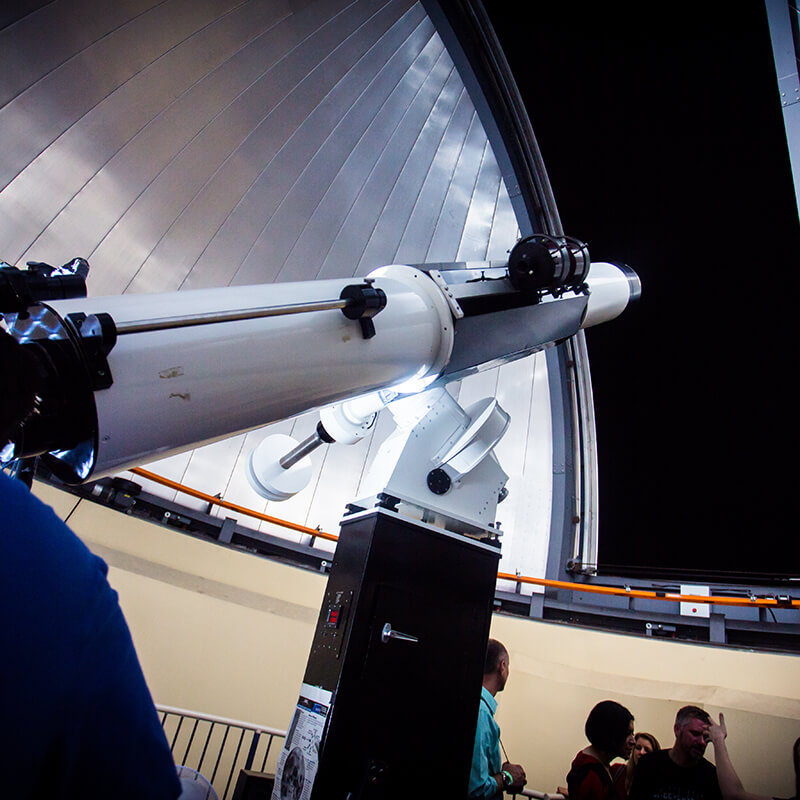
Florida has a long history with space exploration. Cape Canaveral was the launch site of every Apollo mission, and still regularly launches space equipment up out of the atmosphere. All that to say that Florida is a great state for space-buffs, and the Orlando Science Center boasts the largest publicly accessible refractor telescope in the state. When you visit, you will be able to take a look at the moons of Jupiter, the rings of Saturn, as well as far away nebulas, galaxies, and more. If you are so inclined, you can even turn the telescope towards downtown Orlando for a unique view of something right here on earth!
There is much more to do in Orlando than simply visiting theme parks, So the next time you find yourself in Orlando, spend your days at Disney and your evenings peering skyward.
The Ralph Buice Jr. Observatory
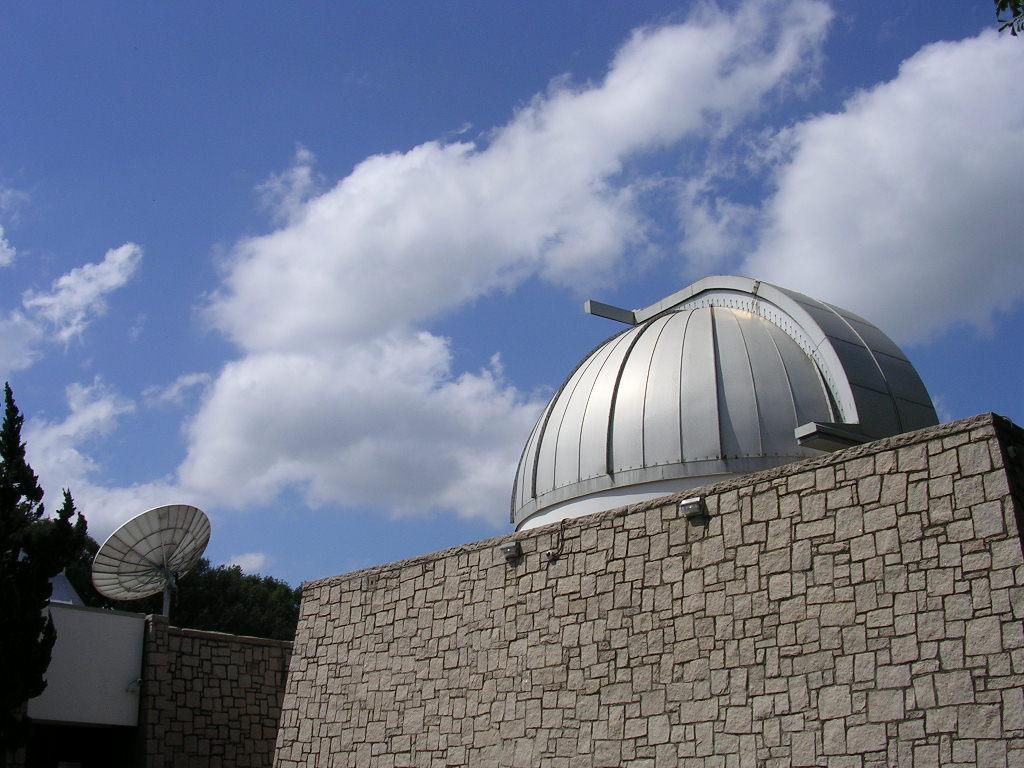
This Atlanta-based observatory holds the largest telescope in the south-eastern United States, which is one of the largest astronomical instruments that has ever been dedicated to public teaching and viewing. The observatory is owned and operated by the Fernbank Science Center, which is a museum, classroom, and forest complex all rolled into one! This is a great place to visit if you are really anxious to learn, and want to explore more than just the cosmos.
Entrance is free every Thursday and Friday between 9 pm and 10:30 pm, so don’t miss your chance to see the largest telescope in the region, along with some pretty spectacular celestial bodies.
Bishop Museum
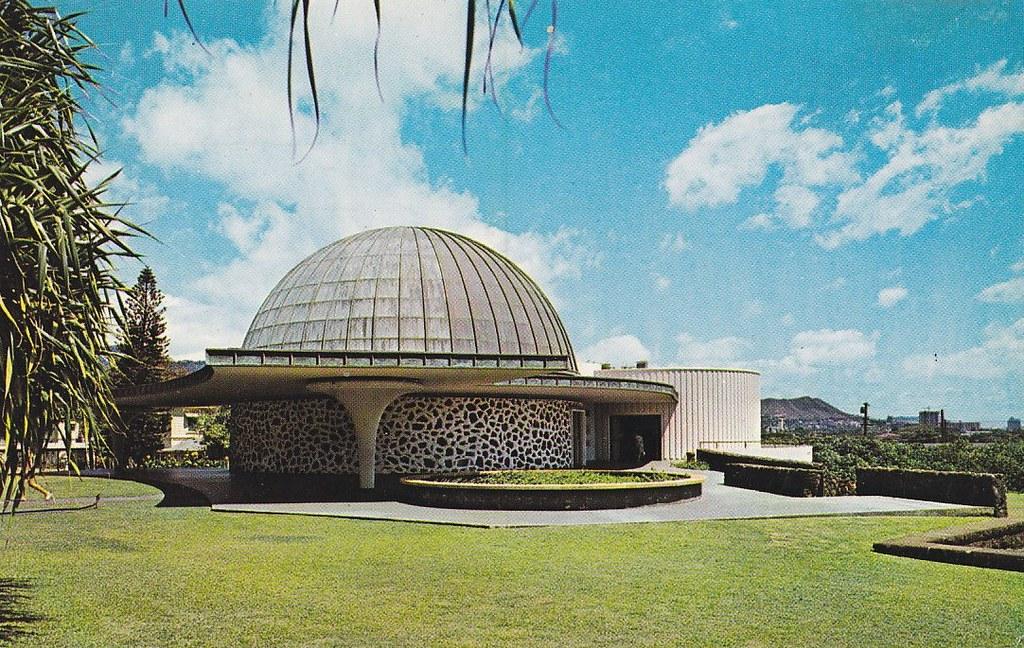
Hawaii is a spectacular place for stargazing. Considering that the tiny archipelago is surrounded by nothing but the Pacific Ocean, light pollution is minimal and quite a bit can be seen on clear nights even before the sun goes down. The Bishop Museum's J. Watumull Planetarium was actually the first planetarium to open in Polynesia. It is an incredible place to see detailed recreations of the night sky. Shows are available nightly and some even include public viewing through the observatory telescope and from the observatory deck.
The night sky you see in Hawaii will be unlike any night sky you have ever seen before, so don’t miss your chance to get an even closer look.
Mauna Kea
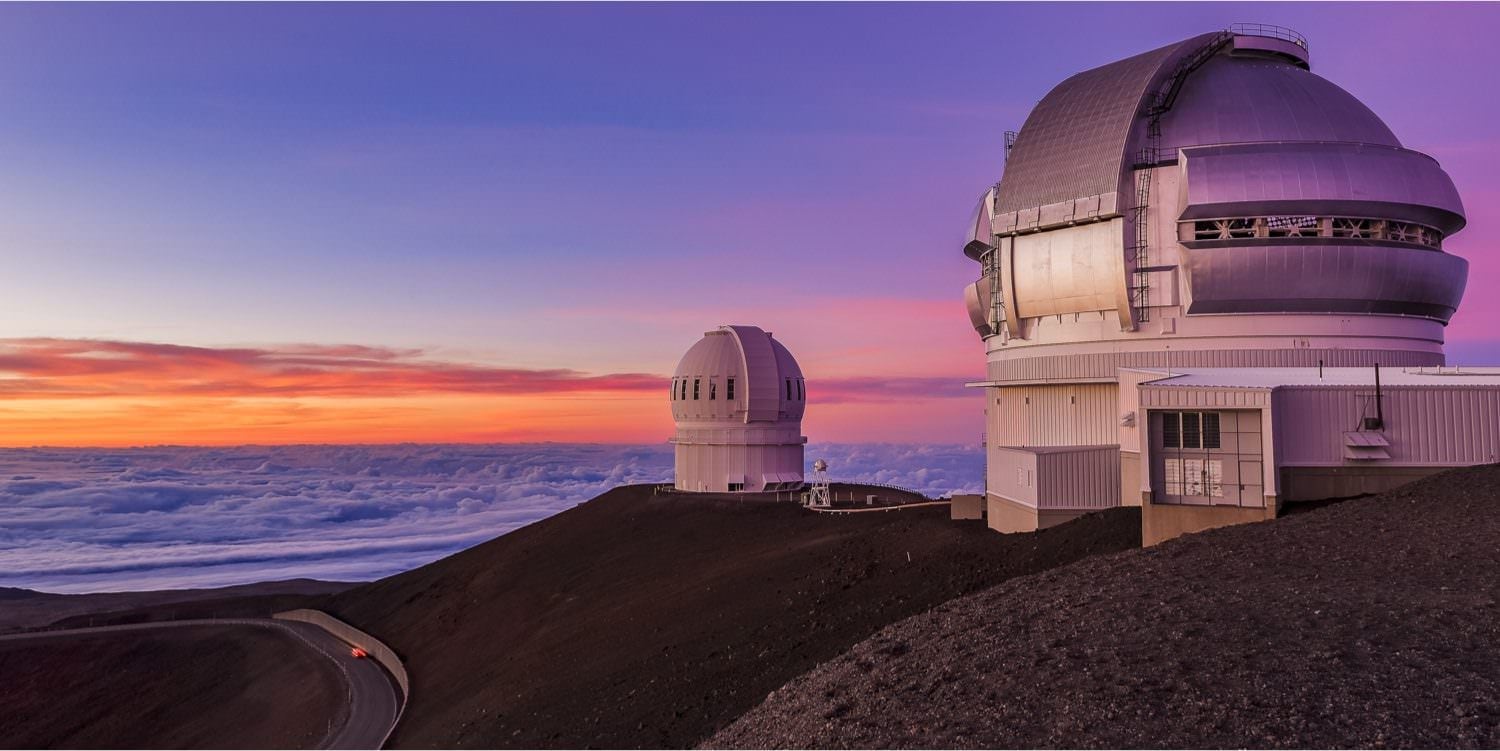
Atop a sacred mountain on the Big Island of Hawaii sits the Mauna Kea Observatory. Some incredible and groundbreaking research is being done there. Their vision is to “strengthen the future of Maunakea as a natural, cultural, and scientific environment. Through community engagement and stewardship that protects, preserves, and enhances Maunakea, [they] provide a world-class center dedicated to education, research, and astronomy for all of Hawaii” (source).
A lot of this incredible observatory is closed to the public as it is being used to conduct highly advanced research, but the Visitor Information Station is open to all. The land it is located on is literally named the “Astronomy Precinct'', which was established in 1967 and is protected by the Historical Preservation Act.
Bruneau Dunes Observatory
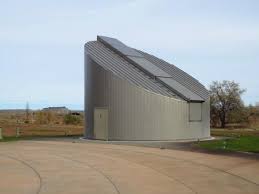
This observatory doesn’t just offer public viewings, but educational presentations as well! If you are interested in learning more about the heavens, then come here for a 30-40 minute observatory presentation. Once it concludes you will be invited to check out the sky through their collection of telescopes. Be aware, they only use red lights at the observatory after dark to preserve night vision, so when you come to stargaze you may feel like you have already left the planet!
Don't miss your chance to look through their 25-inch Newtonian Reflector telescope in order to see a nebula, galaxy, or another celestial body not visible to the naked eye.
Centennial Observatory Open House
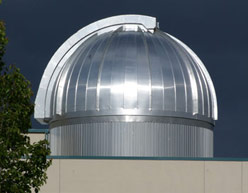
This is the College of Southern Idaho’s Centennial Observatory, and if mobility is an issue for you you are in luck because this observatory features one of the world’s largest wheelchair-accessible telescopes. In order to gaze through it, you will have to navigate into the 20-foot motorized dome, which is an attraction in and of itself. Once you make it there, you will be able to take a peek through the 24” Ritchey-Chrétien reflector. It is a wonderfully educational and accessible place to explore the heavens.
It is located just outside of Twin Falls, Idaho, on the College of Southern Idaho’s campus.
Golden Pond Observatory
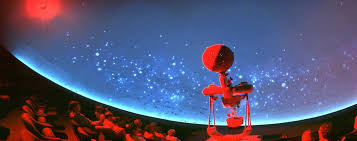
This observatory offers so much more than simple sky viewing. When you visit, you can enjoy laser light shows at the planetarium, and educational content as the Golden Pond Planetarium is a NASA Educator Resource Center. In the Observatory you can look through the Meade 16-inch Schmidt-Cassegrain telescope, and Star Parties are held every weekend between Memorial Day and Labor Day. In fact, they host a lot of events so check their online calendar to pick the one that sounds most appealing to you.
The observatory is located in Golden Pond, Kentucky, which is home to the Land Between the Lakes National Recreation Area. It is a great place to visit for anyone that finds themselves in that gorgeous part of Kentucky.
The Gilliland Observatory at Boston’s Museum of Science
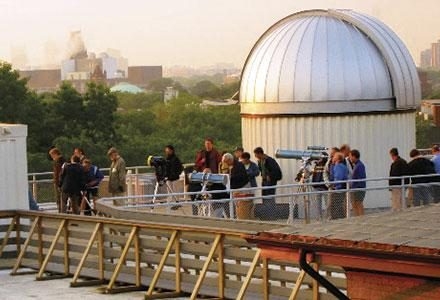
Not many people realize that the Museum of Science in Boston, Massachusetts is home to the Gilliland Observatory, which is located on the roof of their parking garage! Space is limited in this colonial city, so this parking garage observatory is one of the few places in Boston where you can easily see stars, planets, the moon, and more. The Museum of Science is also home to a planetarium, and are even screening a film called “Destination Mars: The New Frontier” all about our mission to put men on the red planet.
Everyone knows that Boston is an incredible city for history, but it has a wonderful scientific side as well and the Gilliland Observatory is a huge part of that. Do not miss it.
Cranbrook Institute of Science
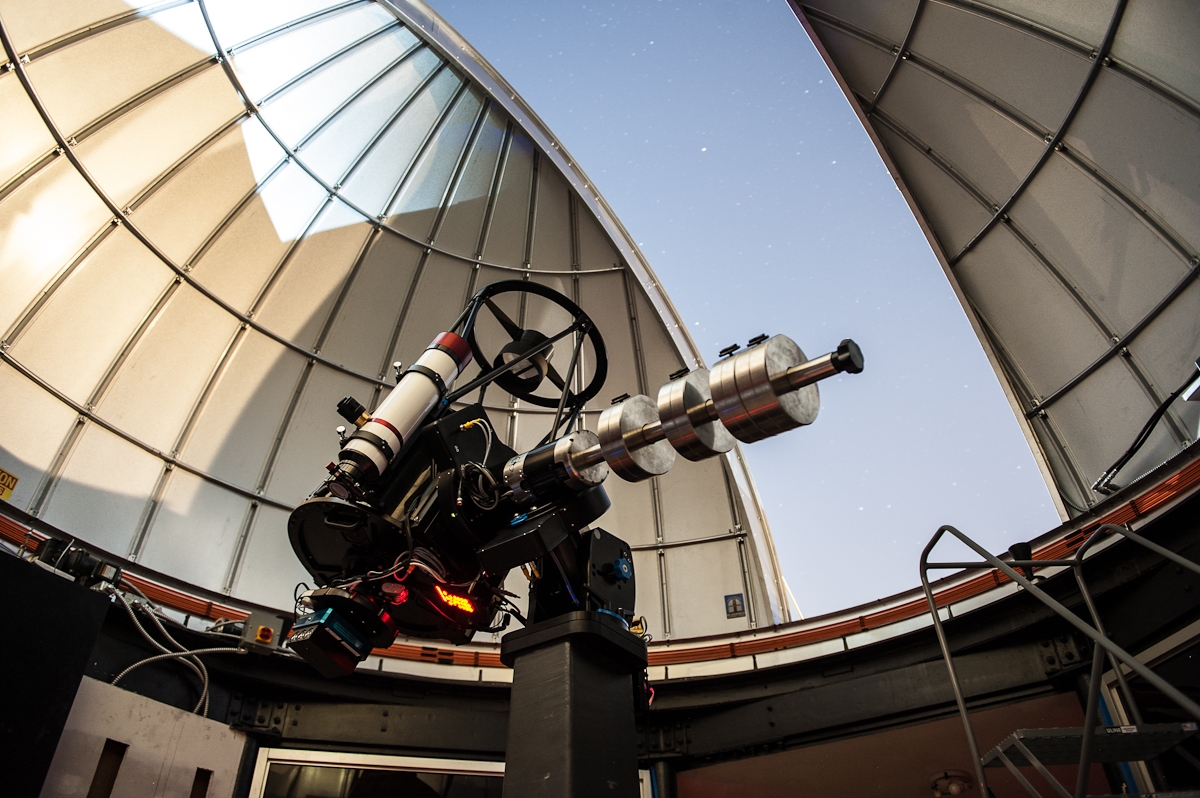
The Cranbrook Institute of Science in Bloomfield Hills, Michigan offers a fantastic observatory along with installations and exhibits that help you to explore and understand the natural world around you - including a T-Rex skeleton! The observatory here is also very modern. It was recently renovated by the generous Acheson family, and boasts three new telescopes, a new dome, and a compatible planetarium which offers a 360 degree view of the night sky. The setup is so high tech that you can even safely observe the sun live!
The staff here is very passionate about education and will happily educate you and for family about everything the observatory has going on.
National Radio Astronomy Observatory
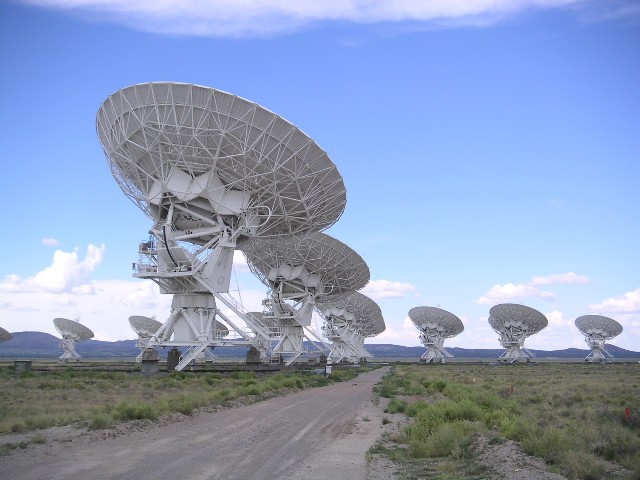
When most people think of space exploration and New Mexico, they think of little green aliens visiting Roswell. But if you jump in the car and head two and half hours west of Roswell, you will come to Socorro, New Mexico, which houses one of the most spectacular observatories in the nation. The NRAO Visitor Center screens an award winning documentary that is narrated by Jodie Foster. Also, if you’re a movie buff, you will probably be excited to know that the movie Contact was filmed here, and you will quickly recognize their Very Large Array Radio Telescope facility.
If you do choose to visit, try to come on either the first or third Saturday of every month, when they will be giving free behind-the-scenes tours of the facility. At the end of the tour, you will be welcomed to partake in some telescope viewing.
Adirondack Sky Center & Observatory
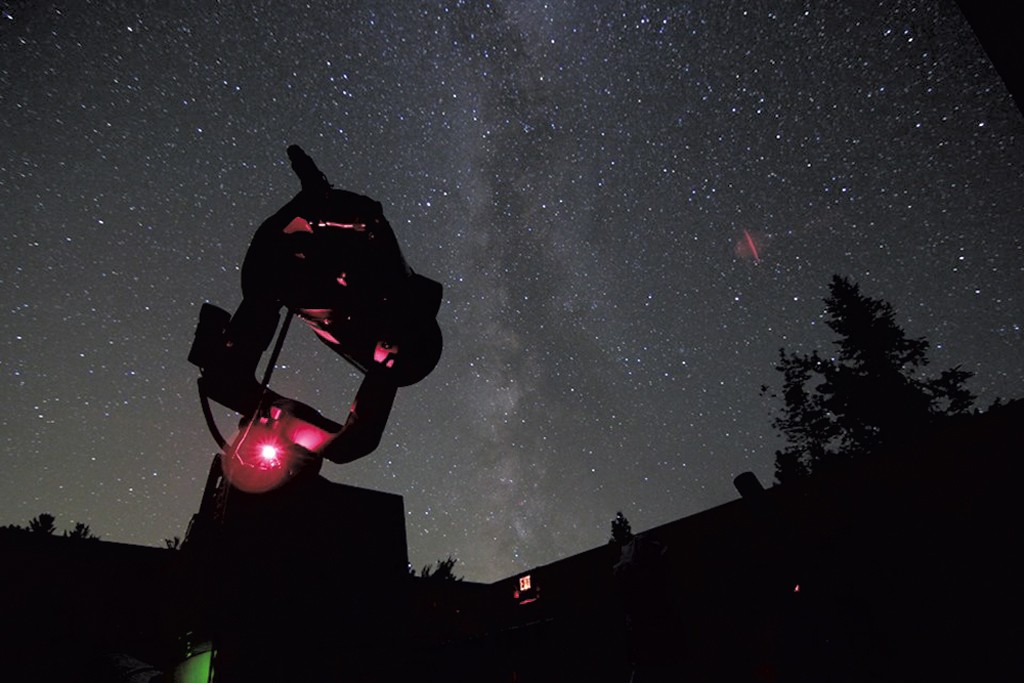
When most people think of New York, they think of the glittering lights of Manhattan, not the remote mountain range upstate called the Adirondacks. But that remote mountain range is exactly where the Adirondack Sky Center & Observatory is located. Positioned in Tupper Lake, NY, this observatory is completely free and open to the public. You can stop by to see the stars on every clear Friday night between memorial day and Labor Day. You can also come in winter on the first and third Friday of every month for some stargazing, as long as you don’t mind the cold temperatures.
If you are so interested, private viewings can also be arranged.
Cincinnati Observatory Center
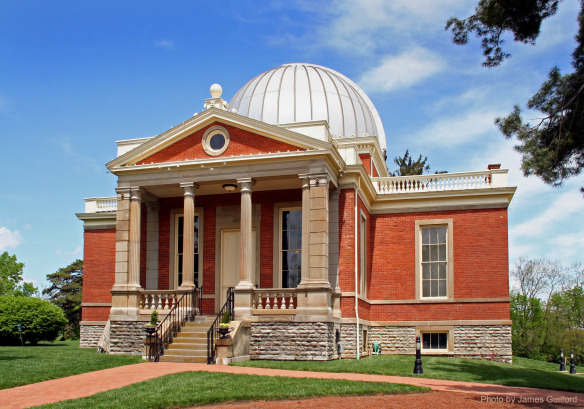
The Cincinnati Observatory calls itself the birthplace of American astronomy, and it is a historic landmark that has been operating since the 1800s. Also, if you have young children with a burgeoning interest in astronomy that you want to foster, then you should definitely take them to the Cincinnati Observatory Center. It is very family-friendly. They also host some fun specialty events, like a Pi Day party on March 14. They also host astronomy classes for amateurs which will keep everyone in the family interested and learning more about space. If your children really take to it, you can sign them up for an Astronomy Club or Summer Camp.
Throughout the year Ohio’s Stonelick State Park hosts Dark Sky Viewing parties that are far enough away from the light pollution of Cincinnati to offer some incredible nighttime views, so make sure to make it to one of them in order to see some planets, galaxies and nebulas.
Oregon University Observatory
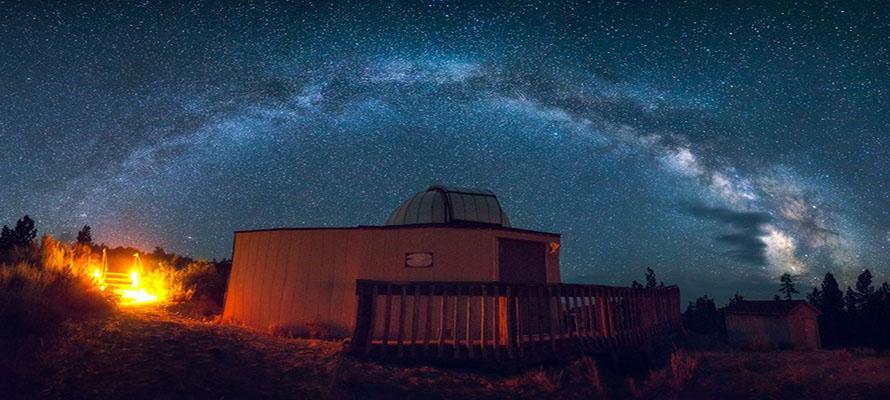
This incredible observatory is in the perfect location for viewing the night sky. It sits at a high elevation and is completely surrounded by darkness once the sun goes down. From here, you can see quite a lot in the night sky with just your naked eye as there is no light pollution. The observatory was founded in 1968, and hosts a variety of STEM programs for K-12 students. They also feature a Star Dome planetarium show, which is a great way to acclimate both yourself and your family with the basics of the solar system we live in.
This observatory may be remote, but it will be well worth the trip.
Frosty Drew Nature Center Observatory
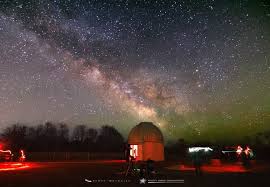
What is one thing that could throw a wrench in stargazing? If you said clouds then you would be correct. Weather permitting, the Frosty Drew Observatory goes into full observation mode, but if the weather is not on their side they still remain open. If you happen to stop by the Frosty Drew Nature Center Observatory on an overcast night, you may not be able to see the stars but you will be able to enjoy a presentation in the Sky Theatre room, and chat with astronomers that they keep on staff to answer questions and give tours. Basically, The Frost Drew Nature Center Observatory is a home run no matter what the night sky looks like.
The observatory is located on the Atlantic coast inside of Ninigret Park, and is far away from the light pollution of large cities.
DuPont Planetarium
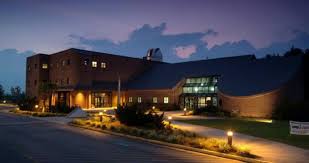
The DuPont Planetarium is actually a 6 Planetarium system, and state that they “exist to inspire others to explore the majesty of the heavens” (source). The Planetarium system is a part of the Ruth Patrick Science Education Center at the University of South Carolina, Aiken, and has a wonderful observatory on the roof that houses the Bechtel Telescope. If you choose to come catch a planetarium show, you can end your night by doing some stargazing through the Bechtel Telescope yourself. This dual planetarium/stargazing program is a great way to impart knowledge about the heavens in an interesting and interactive way.
Check out their website to see some beautiful photos of nebulas that have been taken through their telescope.
McDonald Observatory
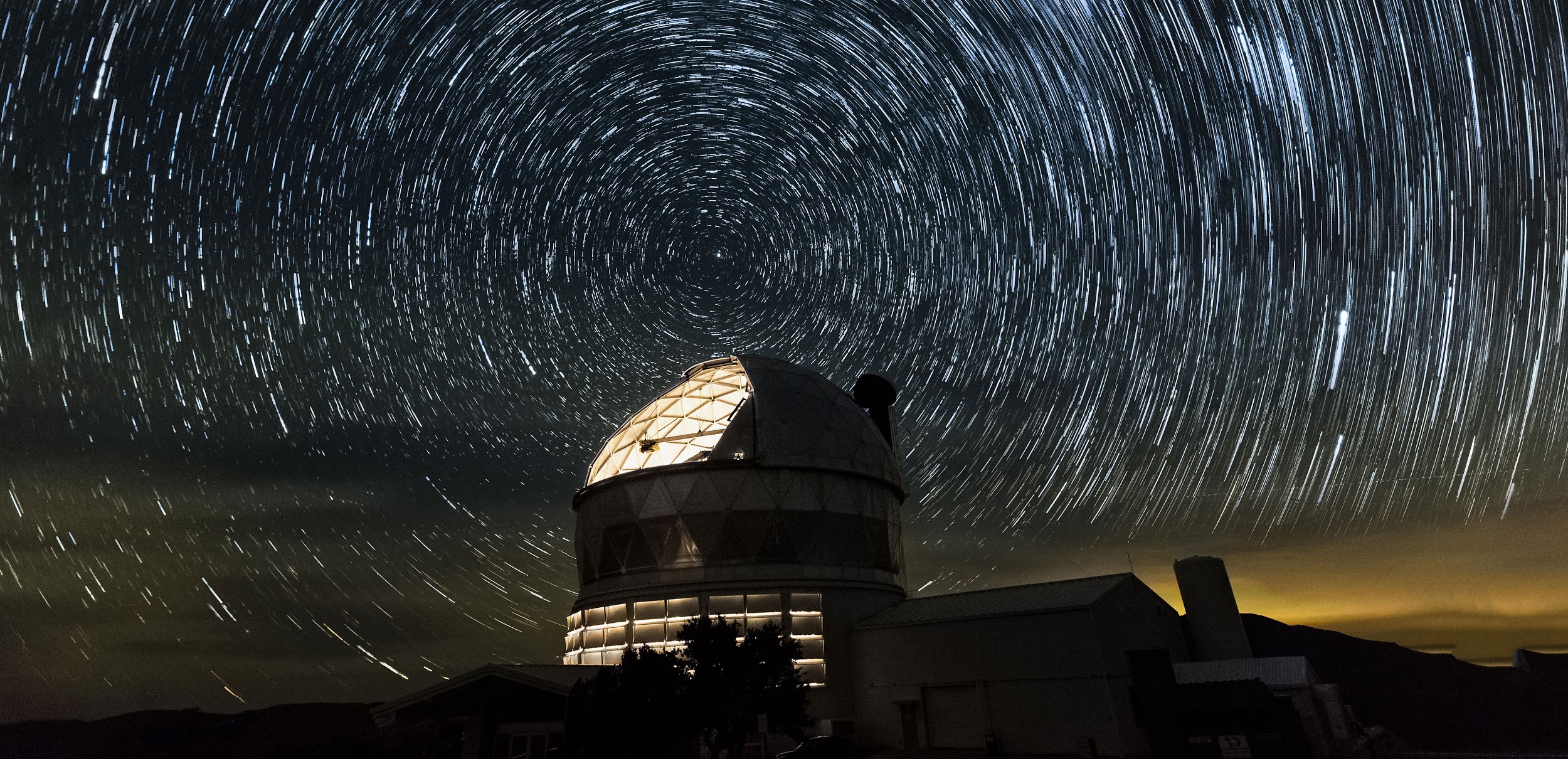
The McDonald Observatory in Fort David, Texas not only features some remarkable telescopes, but also an open air amphitheater where visitors are taken through a guided orientation. They also host twilight programs and star parties that are so popular, they routinely sell out! As many as 600 people can and do attend Star Parties several times a week. The enthusiastic and knowledgeable staff really help to make these evenings something special.
The observatory currently has five incredible telescopes: The Hobby-Eberly Telescope, The Harlan J. Smith Telescope, the Otto Struve Telescope, The 0.8-Meter Telescope, and The 0.9-Meter Telescope.
Goldendale Observatory
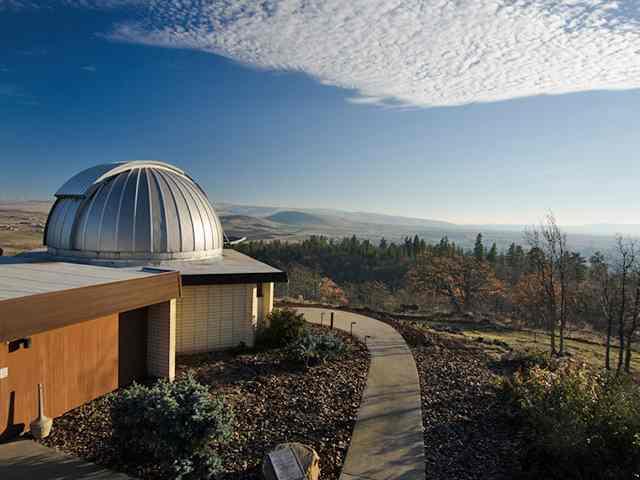
This Goldendale, Washington Observatory boasts an unusually large public telescope, which means that it is a great destination for serious astronomy fans. The observatory features an iconic dome-enclosed telescope, but recently went through a state-of-the-art refurbishment. The observatory had grown so much in popularity that larger facilities were needed, and the entire site was upgraded. It now has a very large and advanced learning center, and seating capacity has more than tripled.
To get to the observatory, you have to follow a winding road through a dense and peaceful oak forest, which makes this a beautiful place to visit at any time of the day or night.
National Air & Space Museum
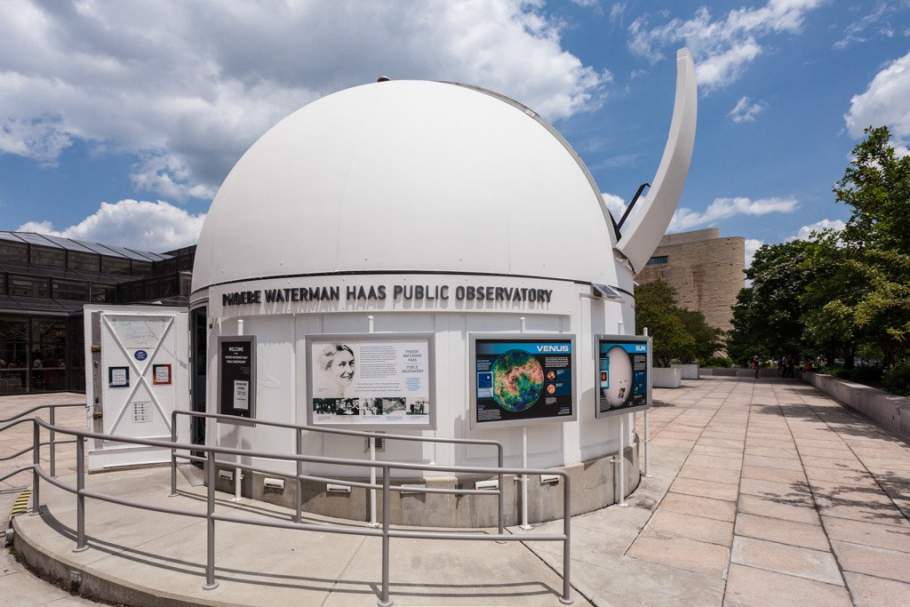
The Washington, D.C. National Air & Space Museum has long been famous for its impressive exhibits, but it is about time that it gained some fame for the gorgeous Phoebe Waterman Haas Public Observatory. When the weather is clear, visitors can look through the telescope and safely see the Sun, Venus, the Moon, and more. With safe solar filters, visitors can even see these celestial bodies during daylight hours!
This is a city observatory, which means that you do not need to travel to a remote location in order to get a great view of the stars. The next time you visit our nation’s capital, take some time to visit the Phoebe Waterman Haas Public Observatory. Phoebe Waterman Haas was one of the first women to gain an advanced degree in astronomy, and this observatory is a beautiful legacy for her.
So if you are interested in learning more about the space that surrounds us, there are plenty of great observatories all across the nation for you to visit and explore. Remember to try different observatories at different times of year, and you will never see the same night sky twice.
Learning about our place in the cosmos can be incredible, intimidating, and emotional, so make sure that when you choose to turn your gaze skyward that you are prepared to develop a new understanding of our place in the universe. There is an entire field of passionate astronomers ready to impart their passion and knowledge to you. So go ahead, do some stargazing.
Link To Us!
If you would like to use this page as a resource for your county, city, state, library, or other page, please link to us! Simply copy and paste the following into your source code:
<a href="https://www.publicrecordsreviews.com/public/education-center/top-25-public-observatories"></a>
